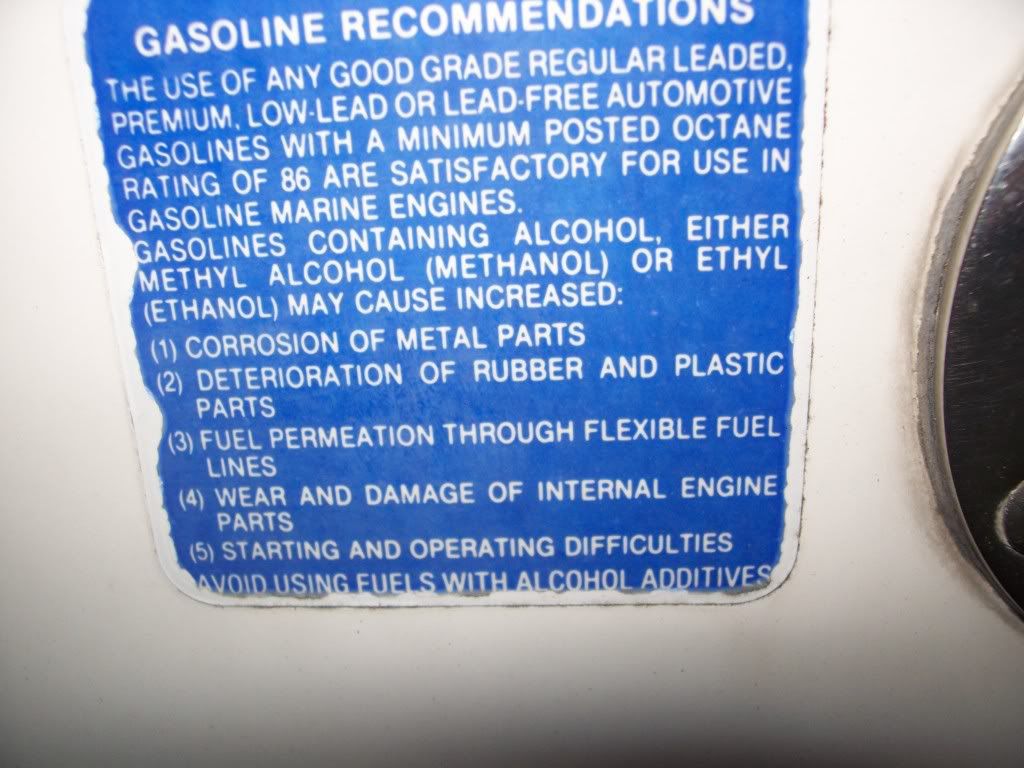OldSkool
Active Member
- May 8, 2010
- 4,360
- Boat Info
- restored 1976 SRV200
- Engines
- 188 Mercruiser I/O
Fellow Sea Ray Owners:
Following is our explanation regarding the poor injector wear test results reported for ValvTect Marine Diesel additive in a non-industry sponsored test mentioned earlier in this blog. I will try to keep it brief and non-technical as possible.
The wear scar test results referred to was a done with the High Frequency Reciprocating Rig (HFRR) test which is a common and standard test to determine wear and anti-wear. This test is mainly used for lubricants , however more recently used for fuels; such as ultra low sulfur diesel with and without a lubricity improver and to test lubricity improvers alone; such as ValvTect VT 101 which we use in ValvTect Marine Diesel additives and Diesel Guard additives sell in the petroleum industry to refineries, fuel marketers and fleets.
While the HFRR test is very accurate to determine the wear scar with and without a lubricity improver, it has been recently found that the presence of cetane improver (2 EHN) in a diesel fuel or diesel fuel additive (and contained in ValvTect Marine Diesel Fuel and additive) masks the effect of the lubricity improver when tested with the HFRR test.
This was determined by a major oil refiner that did an extensive research program and reported the results in a paper presented in October 2009 at a petroleum industry technical conference. The paper reports that cetane improver negatively impacted the wear scar as much as 312mm in the HFRR test. The specific conclusion reported in the paper stated “The HFRR results with fuels containing 2 EHN (cetane improver) are not indicative of the actual performance in real diesel fuel injection equipment”. Thus we refute the results of the test referred to earlier in the blog.
In the same program the refiner determined that cetane improver DOES NOT negatively impact the test results when tested with the Diesel Pump Rig (DPP) test which must be used if cetane improver is presence in the fuel or fuel additive; such as in ValvTect Marine Diesel additive and ValvTect Marine Diesel Fuel.
I must also suggest that the competitive products that claim to contain cetane improver that tested well with the HFRR test may not actually have cetane improver as claimed.
I do suggest that when buying fuel additives it is a good idea to stick with a OEM brand product or nationally accepted product by refiners, fleets, engine manufacturers such as ValvTect.
I hope this clears up this matter and you have confidence in ValvTect Marine Diesel and ValvTect Marine Diesel additive. If you would like a copy of the report referred to, please feel free to contact me at gnessenson@valvtect.com.
How does your fuel additives react with the new increased fuel pressures of +21,000? Do you see a problem with prolonged idling? We know that prolonged idling with low sulfure fuels have caused injector tip etching. Does ValvTech additives help reduce this affect?




